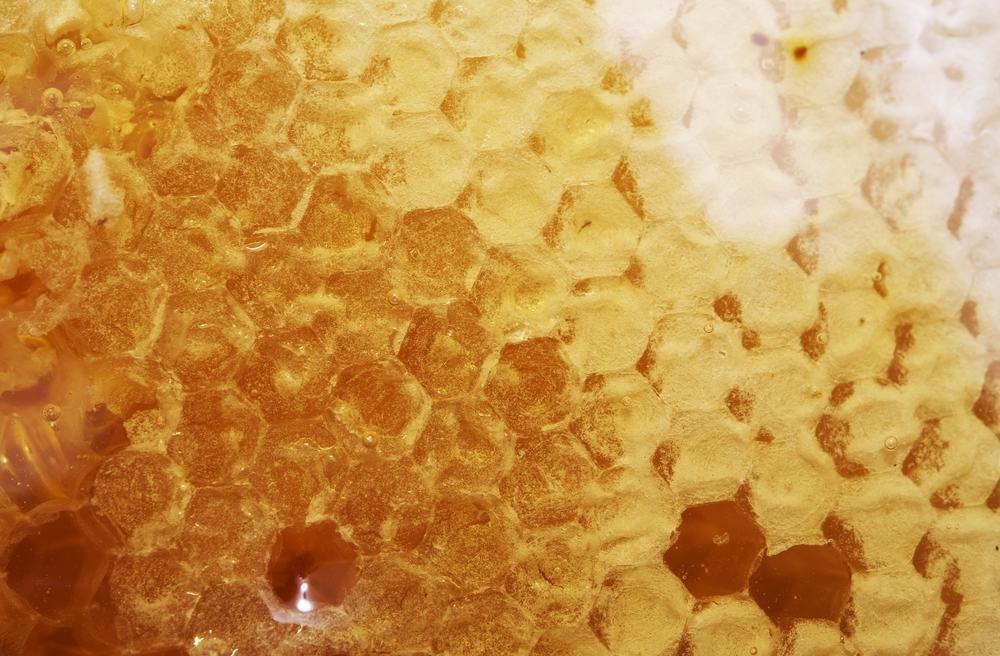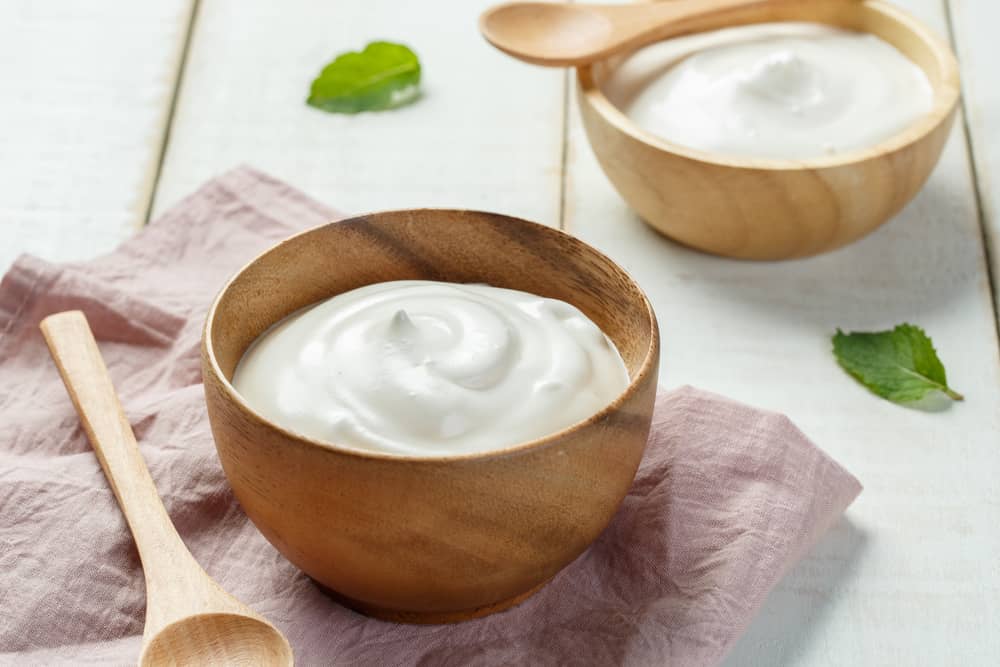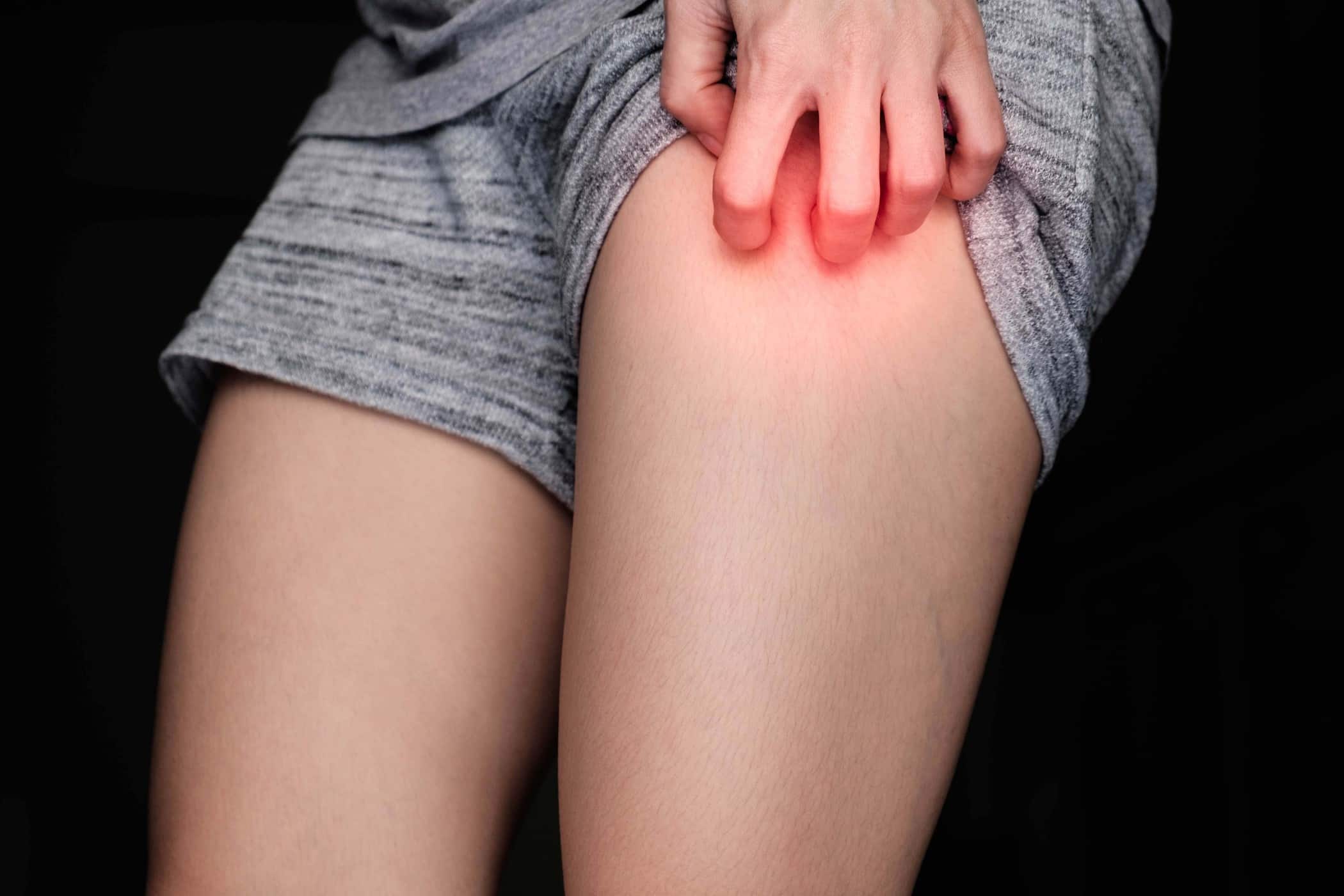Contents:
- Medical Video: Identifying Genuine Manuka Honey.
- Where did Manuka honey come from?
- Nutrition in Manuka honey
- What is Unique Manuka Factor (UMF)?
- How do you find out whether this Manuka UMF honey is genuine or fake?
- How to consume Manuka honey
- Side effects of Manuka honey
Medical Video: Identifying Genuine Manuka Honey.
Have you ever heard of Manuka honey? Honey which can cost tens of times more than ordinary honey is indeed known as honey which is quite "magic". Come on, find out more about Manuka honey.
Where did Manuka honey come from?
Manuka honey first came from New Zealand. Derived from bees that pollinate the Manuka bush, Manuka honey has very unique benefits among other types of honey.
Nutrition in Manuka honey
What makes Manuka honey different from other types of honey is the nutrients contained in Manuka honey. In ordinary honey there are many great nutrients that can increase the immune system, including:
- Amino Acids
- Vitamin B (B6, B1, B3, B2, and B5)
- Calcium
- Copper
- Iron
- Magnesium
- Manganese
- Phosphor
- Potassium
- Sodium
- Zinc
Well, in Manuka honey, these ingredients can be 4 times more than ordinary honey. This is what is called Unique Manuka Factor (UMF).
What is Unique Manuka Factor (UMF)?
In 1981, researchers at the New Zealand University of Waikato found that Manuka honey contained a higher concentration of enzymes than ordinary honey. These enzymes produce hydrogen peroxide naturally which can be useful as an antibacterial. In some New Zealand honey, there is usually a lot of hydrogen peroxide, methylglyoxal, and dihydroxyacetone. The three ingredients mentioned can be useful as a treatment for certain diseases.
Now, from the three above-mentioned ingredients that appear called UMF, that is a global standard for determining and measuring the antibacterial strength in Manuka honey. UMF serves to ensure that the honey sold has ingredients that can be used as treatment. UMF is not found in all nectar of Manuka flowers. Or in other words, Manuka usually only contains the antibacterial content of hydrogen peroxide which is also present in other honey.
What distinguishes UMF Manuka from ordinary Manuka is the variety from UMF Manuka has natural hydrogen peroxide, and there is an antibacterial composition of UMF that can increase the effectiveness of Manuka honey. The ingredients in UMF Manuka are very stable, and unlike hydrogen peroxida in most existing honey, hydrogen peroxida in UMF Manuka is not easily damaged by heat, light, and enzymes in your body.
How do you find out whether this Manuka UMF honey is genuine or fake?
Rating the minimum for Manuka honey is UMF5. However, Manuka UMF honey is not considered beneficial unless the honey contains antibacterial activity of UMF10 +. Manuka UMF which contains antibacterial activity between UMF10 and UMF15 is considered honey that has high benefits. If Manuka UMF contains up to UMF16, the honey is considered to have superior benefits.
The original Manuka UMF has 4 characteristics as follows:
- Have a UMF label on the packaging
- This honey comes from companies in New Zealand that are licensed UMF and labeled in New Zealand
- There is the name of the UMF company and the license number on the label
- Is available rating UMF on the packaging. Size Rating UMF between 5-16 +.
According to the UMF association, UMF ratings are usually assessed from antibacterial activity in honey compared to disinfectants (phenols). The Active Manuka Honey Association (AMHA) is an association that tests this honey-honey.
If the UMF rating reaches 20+, the antibacterial strength in honey is equivalent to 20% liquid phenol. UMF ideal rating varies depending on your needs. Research in the laboratory proposes that Manuka honey which has a UMF rating of UMF 12-UMF15 is effective for attacking various types of bacteria that are resistant.
Here is an explanation of UMF rating:
- 0-4 → not for therapy
- 4-9 → has the same content or use as ordinary honey
- 10-14 → can help as a cure for certain diseases and balance bacteria in the body
- 15+ → has superior phenol content which can be used as a therapy for certain diseases. However, it should not be consumed more than 1 tablespoon at a time.
How to consume Manuka honey
To get maximum use, you are recommended to consume 1-2 tablespoons of Manuka honey every day. It's easiest for you to eat it right away, but if you think it's too sweet, you can mix Manuka honey into herbal tea, yogurt, or smear it on whole wheat bread.
If you want to improve your immune system or cure sore throat, you can add 1 teaspoon of cinnamon. The researchers found that the antibacterial activity in cinnamon and Manuka honey is very strong, which can help you recover from illness very quickly.
Side effects of Manuka honey
Here are some of the side effects of Manuka honey:
- Allergies, especially for people who are allergic to bees
- Risk of increased blood sugar
- Possible interaction of Manuka honey with several chemotherapy drugs












